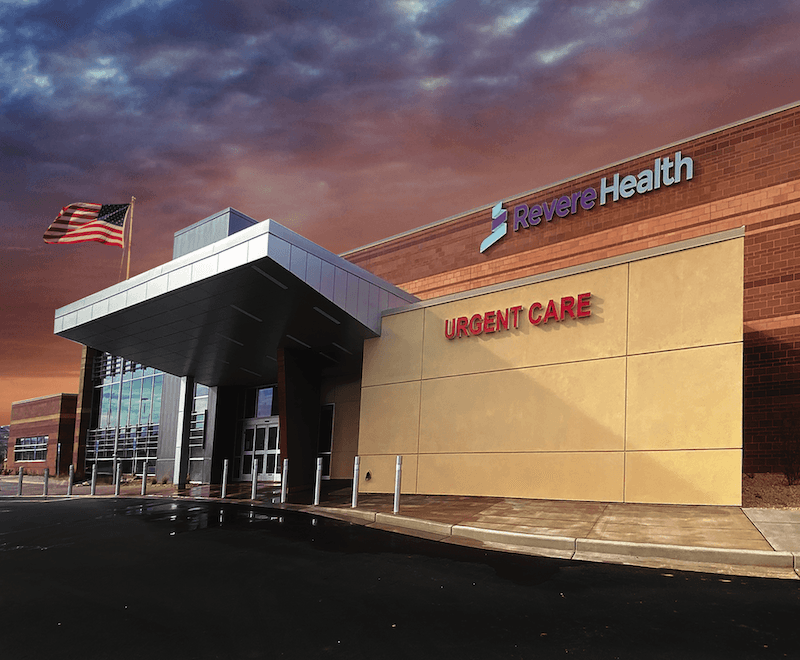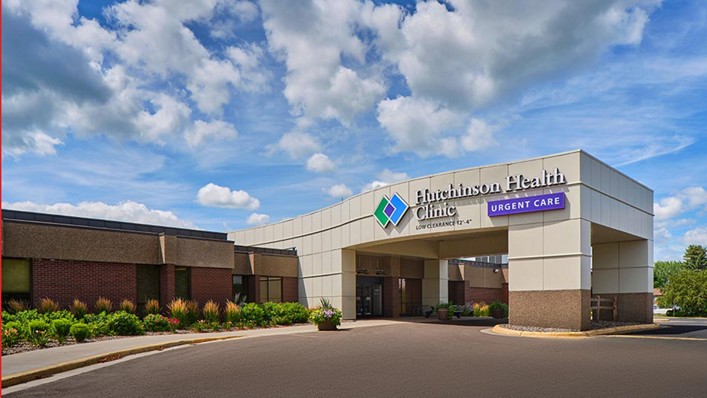The Ultimate Guide to Understanding Urgent Care Clinics
The Ultimate Guide to Understanding Urgent Care Clinics
Blog Article
The Significance of Urgent Treatment Centers in Bridging the Space In Between Medical Care and Emergency Situation Providers
Urgent treatment centers have arised as a vital part of the health care landscape, effectively dealing with the crucial requirement for instant clinical interest without considering emergency services. By supplying treatment for non-life-threatening problems, these centers help to ease the burden on emergency clinic and boost individual accessibility to timely therapy. Their expanded hours and diverse solutions accommodate a growing population looking for choices to conventional key treatment. The developing function of urgent care facilities elevates vital questions about their integration within the wider medical care system and the effects for patient results and resource allotment.
Summary of Urgent Care Centers
Urgent treatment centers have actually ended up being a vital component of the health care delivery system, supplying accessible clinical services for non-life-threatening conditions. These centers usually run outside standard workplace hours, offering clients a choice to emergency spaces and primary care setups. Clients looking for immediate treatment typically existing with concerns such as minor injuries, infections, or illnesses that need punctual attention however do not pose an instant threat to life or limb.
Urgent treatment centers are staffed by a variety of health care specialists, including medical professionals, nurse experts, and doctor aides, who are geared up to detect and treat various medical problems. They frequently include analysis devices such as X-ray equipments and laboratory services, allowing them to provide extensive treatment on-site.
The facility of urgent care centers has been affected by the boosting need for prompt clinical solutions in a fast-paced society, where individuals may have a hard time to safeguard appointments with health care carriers. Consequently, these facilities aim to alleviate blockage in emergency divisions, improving general medical care effectiveness. Additionally, immediate care facilities typically function as a bridge in between key treatment and emergency situation solutions, making certain that people obtain ideal treatment tailored to their particular medical needs.

Advantages of Urgent Treatment Services
Accessing timely healthcare is a considerable benefit of immediate care solutions. These facilities provide instant interest for non-life-threatening problems, effectively minimizing delay times contrasted to typical emergency departments. Clients looking for look after small injuries, ailments, or immediate wellness concerns can obtain treatment without the long delays typically connected with hospital gos to.
One more key benefit is the extensive hours of procedure. Many urgent treatment centers are open nights and weekend breaks, fitting individuals that may not be able to visit their health care company during conventional workplace hours. This versatility makes urgent treatment an easily accessible alternative for those with active schedules or unexpected health issues.
Moreover, urgent treatment centers typically provide a wide variety of solutions, including diagnostic testing, X-rays, and standard laboratory solutions. This extensive strategy permits quick medical diagnosis and treatment, enhancing client fulfillment.
Additionally, urgent care facilities are normally much more affordable than emergency areas, making them an eye-catching choice for people without insurance coverage or those with high-deductible plans. Generally, immediate care solutions play an important function in offering available, prompt, and inexpensive treatment.
Contrast With Primary Treatment
Generally, people frequently consider their options in between immediate care facilities and medical care carriers when seeking clinical attention. Both offer essential functions in the medical care system, yet they vary substantially in accessibility, range, and price.
Medical care companies are typically the very first factor of call for people, concentrating on long-term health management, precautionary care, and chronic disease monitoring. They use continuity of care, fostering a patient-provider connection that enables for thorough wellness analyses and personalized treatment strategies. Arranging a visit can be lengthy, typically needing days or weeks in advancement. Urgent Care.
On the other hand, immediate treatment centers offer immediate take care of non-life-threatening problems that need prompt attention, such as small injuries or infections. These centers commonly operate outside of traditional workplace hours, suiting individuals click for source who might not have the ability to visit their medical care carrier throughout routine business times. In addition, urgent care is normally much more cost-effective than emergency area sees, making it an attractive option for those with minimal medical care access.
Ultimately, while urgent care centers and health care service providers both add to individual health, they deal with unique demands, making it vital for clients to establish which choice best lines up with their circumstances.
Emergency Situation Services Interaction
The communication between immediate treatment centers and emergency situation services is a crucial aspect of the medical care landscape, particularly when people face scenarios that may intensify in severity. Urgent treatment centers function as a bridge in between key care and emergency divisions, addressing non-life-threatening conditions that call for immediate attention. This partnership boosts patient results and maximizes source allotment within the health care system.
When people offer with not life-threatening but urgent problems, immediate treatment facilities can successfully handle their demands, minimizing congestion in emergency clinic. Facilities geared up with diagnostic abilities can promote prompt references to emergency situation services when a patient's condition goes beyond the scope of urgent care treatment. This seamless interaction aids ensure that people receive the suitable level of care without unnecessary delays.
Moreover, effective interaction in between immediate care carriers and emergency situation solutions is important. Sharing individual info and treatment backgrounds cultivates collaborated care, minimizing the threat of repetitive tests and procedures. As healthcare remains to progress, the dynamic relationship in between urgent care facilities and emergency solutions will certainly play a crucial duty in enhancing person care effectiveness, contentment, and overall wellness results within the community.
Future of Urgent Treatment Facilities
As healthcare needs develop, the future of immediate care centers is poised to come to be significantly essential to the total medical ecosystem (Urgent Care). These facilities are likely to increase their functions by including sophisticated technologies, such as telemedicine, expert system, and digital health and wellness record combination. This will certainly enhance individual access and streamline care sychronisation in between urgent care, health care, and check my blog emergency solutions
Additionally, immediate treatment centers are anticipated to expand their solution offerings to include preventive care and chronic illness administration. This change will certainly place them as essential components in handling population wellness, decreasing the problem on emergency situation departments, and dealing with gaps in medical care availability.
The expanding fad of value-based care will additionally speed up the improvement of immediate care facilities, prompting them find more information to focus on patient end results and complete satisfaction. Facilities may also take on joint method designs, working closely with professionals and medical care providers to ensure comprehensive patient monitoring.
Final Thought
Finally, immediate care facilities serve an essential function in the medical care system by offering immediate accessibility to therapy for non-life-threatening conditions, effectively relieving pressure on emergency situation services. Their expanded hours and diverse series of services boost client ease and fulfillment, while also making sure appropriate care distribution. As healthcare needs proceed to evolve, the function of immediate care facilities will likely come to be significantly significant, more bridging the space between primary care and emergency situation solutions.
The facility of urgent treatment facilities has been influenced by the boosting need for timely medical services in a busy society, where clients might battle to secure visits with main treatment service providers. Additionally, immediate treatment facilities often serve as a bridge between main treatment and emergency situation solutions, ensuring that patients receive suitable care tailored to their certain clinical requirements.
Several immediate treatment centers are open nights and weekend breaks, suiting people that might not be able to see their primary treatment carrier during basic office hours (Urgent Care). As health care continues to evolve, the dynamic relationship between immediate care facilities and emergency situation services will certainly play a crucial role in boosting patient care effectiveness, complete satisfaction, and general wellness end results within the community

Report this page